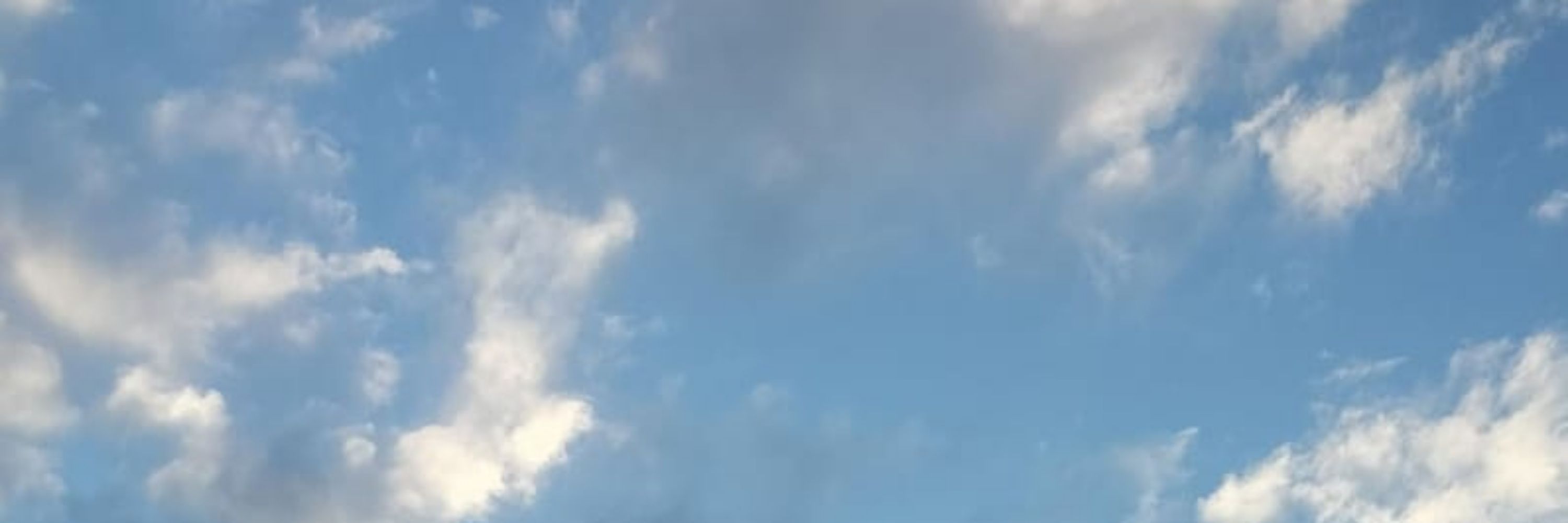
Led by Stefano BENAZZI
Prof at @unibo
PI ERC Synergy Last Neanderthals

@tommyhigham.bsky.social @lucdoyon.bsky.social @boneslab.bsky.social & the University of Siena

@tommyhigham.bsky.social @lucdoyon.bsky.social @boneslab.bsky.social & the University of Siena
New insights from the application of ZooMS to Late Pleistocene fauna from Grotta di Castelcivita, southern Italy🏺🧪
www.nature.com/articles/s41...
Annette Oertle, Stefano Benazzi @boneslab.bsky.social @tommyhigham.bsky.social @katerinad.bsky.social et al
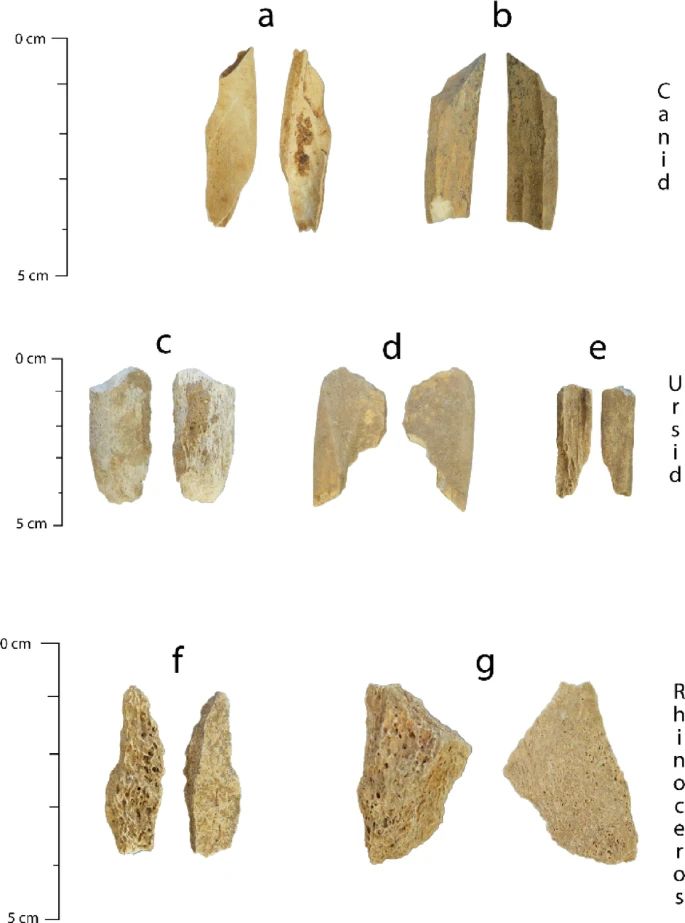
New insights from the application of ZooMS to Late Pleistocene fauna from Grotta di Castelcivita, southern Italy🏺🧪
www.nature.com/articles/s41...
Annette Oertle, Stefano Benazzi @boneslab.bsky.social @tommyhigham.bsky.social @katerinad.bsky.social et al

www.frontiersin.org/journals/env...
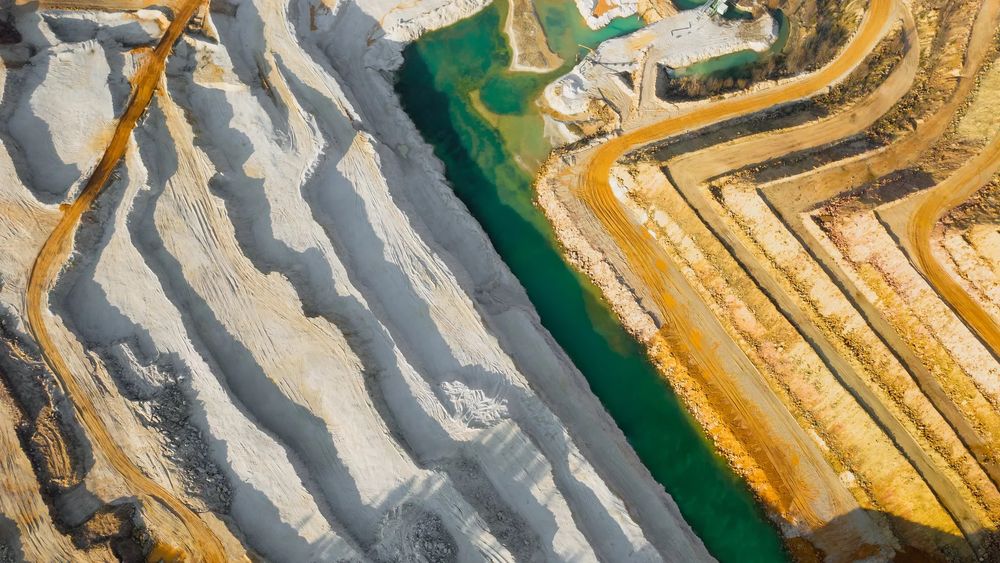
www.frontiersin.org/journals/env...
Join the ERC Last Neanderthal Project at BonesLab – University of Bologna (Ravenna) 🧬🧠
Apply now and become part of an international team exploring the final chapters of Neanderthal history.
www.unibo.it/en/study/phd...
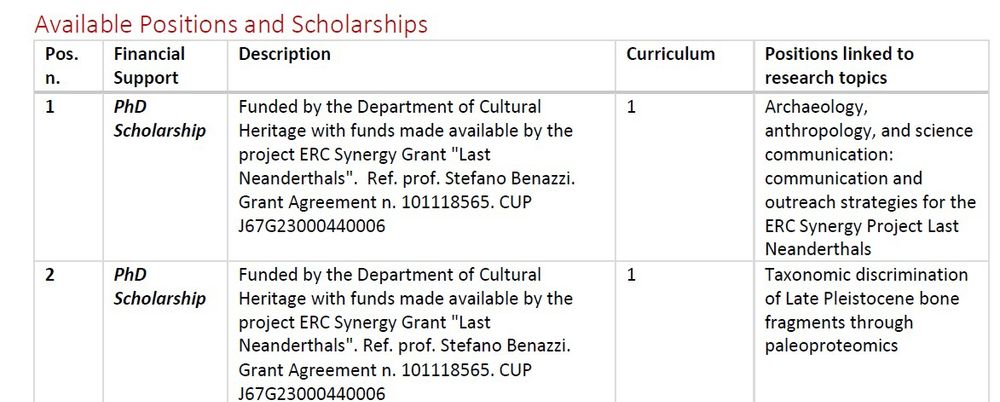
Join the ERC Last Neanderthal Project at BonesLab – University of Bologna (Ravenna) 🧬🧠
Apply now and become part of an international team exploring the final chapters of Neanderthal history.
www.unibo.it/en/study/phd...

Join the ERC Last Neanderthal Project at BonesLab – University of Bologna (Ravenna) 🧬🧠
Apply now and become part of an international team exploring the final chapters of Neanderthal history.
www.unibo.it/en/study/phd...
🧪 #science 🏺 #BioAnth #BioArch #Archaeology #Neanderthal #SciComm
Join the ERC Last Neanderthal Project at BonesLab – University of Bologna (Ravenna) 🧬🧠
Apply now and become part of an international team exploring the final chapters of Neanderthal history.
www.unibo.it/en/study/phd...

🧪 #science 🏺 #BioAnth #BioArch #Archaeology #Neanderthal #SciComm
Dr Stefano Benazzi's Bones Lab @boneslab.bsky.social
Two PhD positions open!
Deadline end of June!
Apply now!
bsky.app/profile/bone...
Join the ERC Last Neanderthal Project at BonesLab – University of Bologna (Ravenna) 🧬🧠
Apply now and become part of an international team exploring the final chapters of Neanderthal history.
www.unibo.it/en/study/phd...
Dr Stefano Benazzi's Bones Lab @boneslab.bsky.social
Two PhD positions open!
Deadline end of June!
Apply now!
bsky.app/profile/bone...
Join the ERC Last Neanderthal Project at BonesLab – University of Bologna (Ravenna) 🧬🧠
Apply now and become part of an international team exploring the final chapters of Neanderthal history.
www.unibo.it/en/study/phd...

Join the ERC Last Neanderthal Project at BonesLab – University of Bologna (Ravenna) 🧬🧠
Apply now and become part of an international team exploring the final chapters of Neanderthal history.
www.unibo.it/en/study/phd...

Join the ERC Last Neanderthal Project at BonesLab – University of Bologna (Ravenna) 🧬🧠
Apply now and become part of an international team exploring the final chapters of Neanderthal history.
www.unibo.it/en/study/phd...
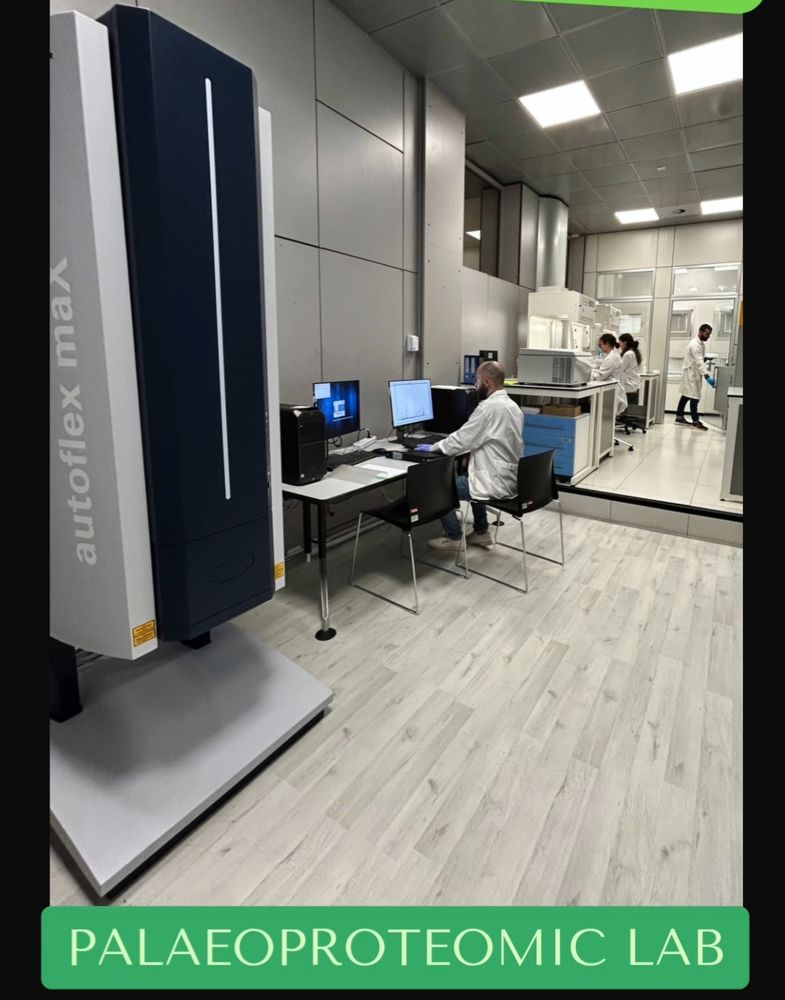
Giulia Marciani, Stefano Benazzi @boneslab.bsky.social , et al
www.sciencedirect.com/science/arti...
Shouldered backed bladelets and points on high-quality chert. Radiocarbon dating between 21,821–18,281 cal. BP
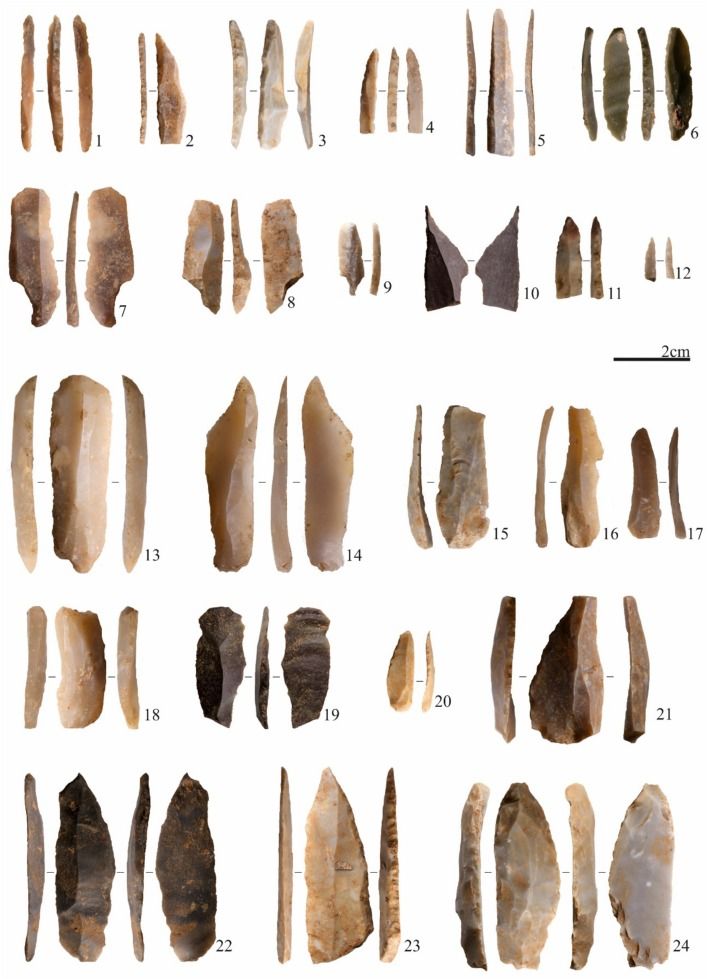
Giulia Marciani, Stefano Benazzi @boneslab.bsky.social , et al
www.sciencedirect.com/science/arti...
Shouldered backed bladelets and points on high-quality chert. Radiocarbon dating between 21,821–18,281 cal. BP
We're hiring:
1️⃣ PhD: Digital approaches for the study of Paleolithic human remains 🖥️
2️⃣ PhD: Taxonomic discrimination of Late Pleistocene bone fragments through paleoproteomics 🦴
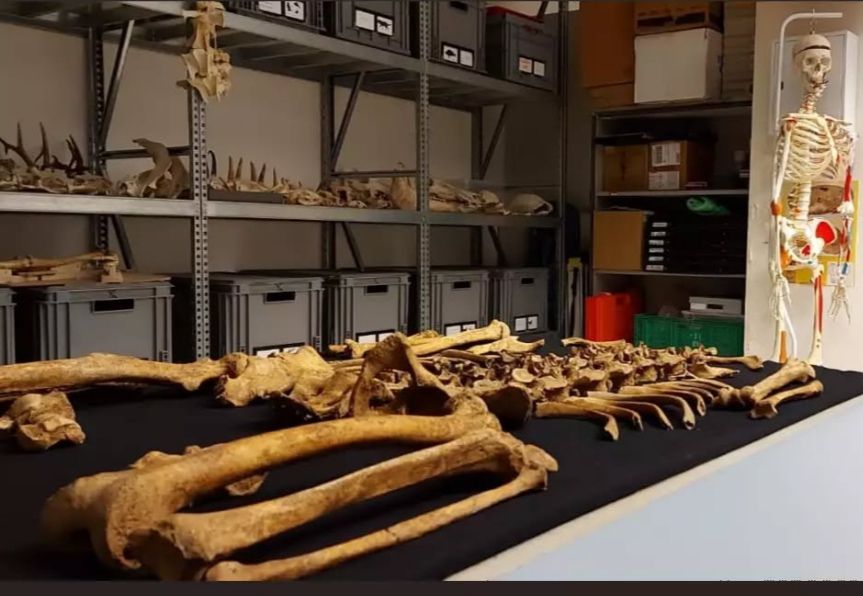
We're hiring:
1️⃣ PhD: Digital approaches for the study of Paleolithic human remains 🖥️
2️⃣ PhD: Taxonomic discrimination of Late Pleistocene bone fragments through paleoproteomics 🦴
For anyone interested in computational genomics of ancient human, pathogen, or canid genomes. www.crick.ac.uk/careers-stud...
If you are curious, send in an application!
For anyone interested in computational genomics of ancient human, pathogen, or canid genomes. www.crick.ac.uk/careers-stud...
If you are curious, send in an application!
www.sciencedirect.com/science/arti...
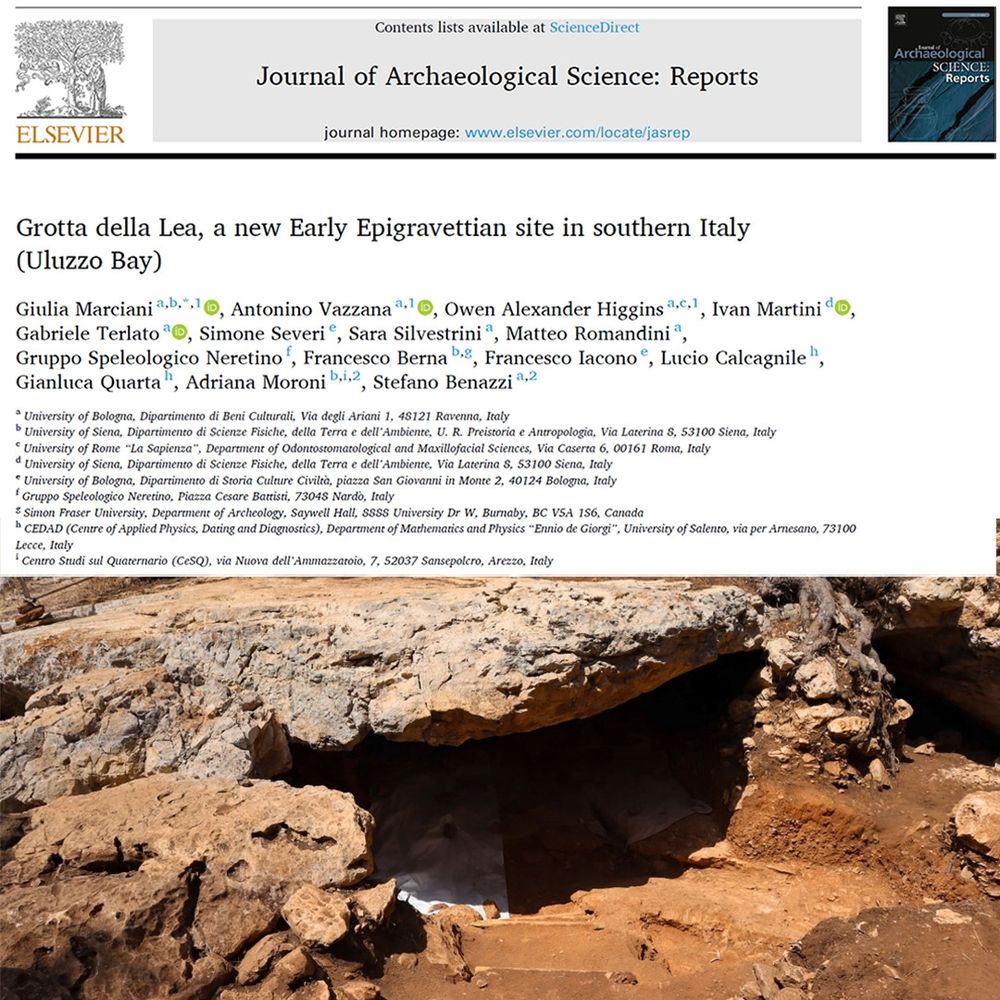
www.sciencedirect.com/science/arti...
link to the review shorturl.at/Jotx9
link to the book shorturl.at/wCmcH
#archaeology#palaeolithic @barpublishing.bsky.social@tandfresearch.bsky.social
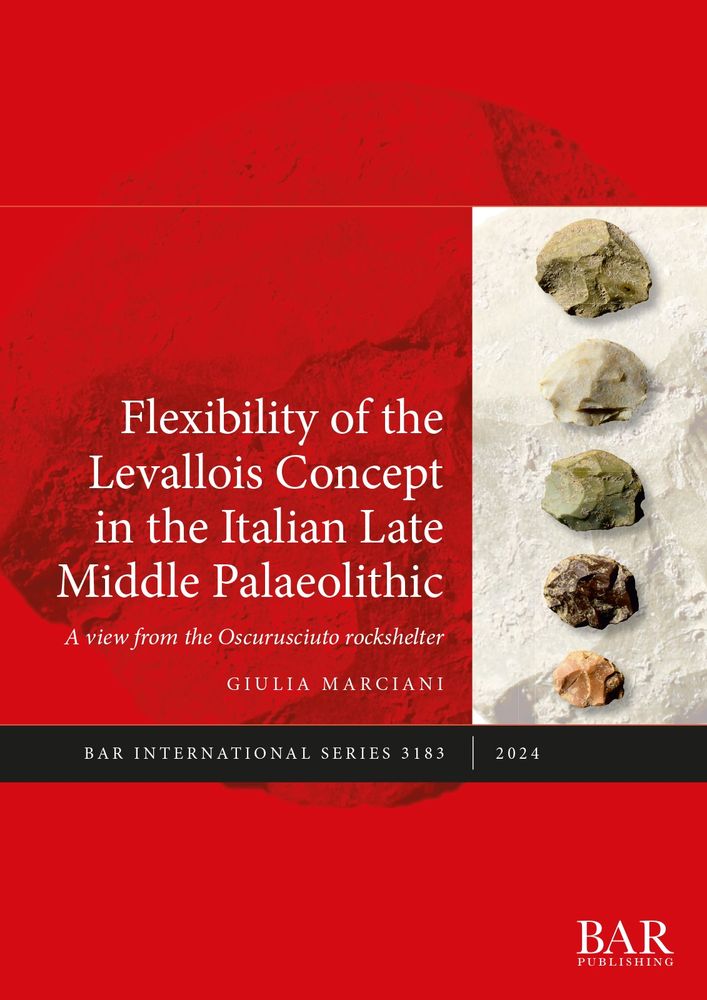
link to the review shorturl.at/Jotx9
link to the book shorturl.at/wCmcH
#archaeology#palaeolithic @barpublishing.bsky.social@tandfresearch.bsky.social
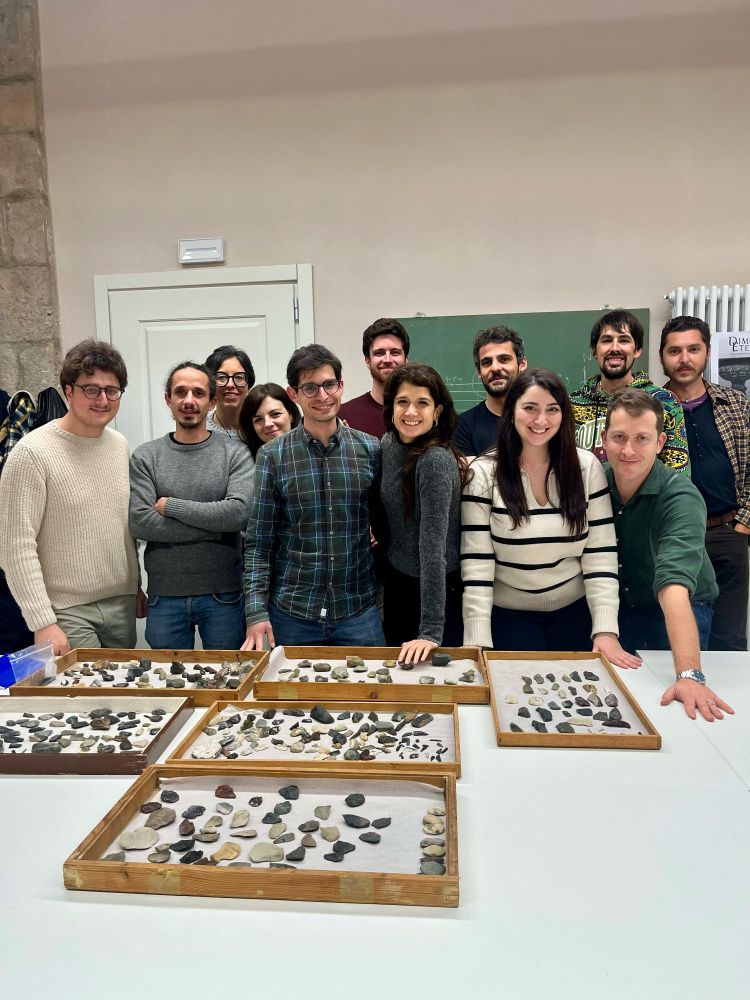
We're hiring:
1️⃣ PhD: Digital approaches for the study of Paleolithic human remains 🖥️
2️⃣ PhD: Taxonomic discrimination of Late Pleistocene bone fragments through paleoproteomics 🦴

We're hiring:
1️⃣ PhD: Digital approaches for the study of Paleolithic human remains 🖥️
2️⃣ PhD: Taxonomic discrimination of Late Pleistocene bone fragments through paleoproteomics 🦴
www.nature.com/articles/s41...
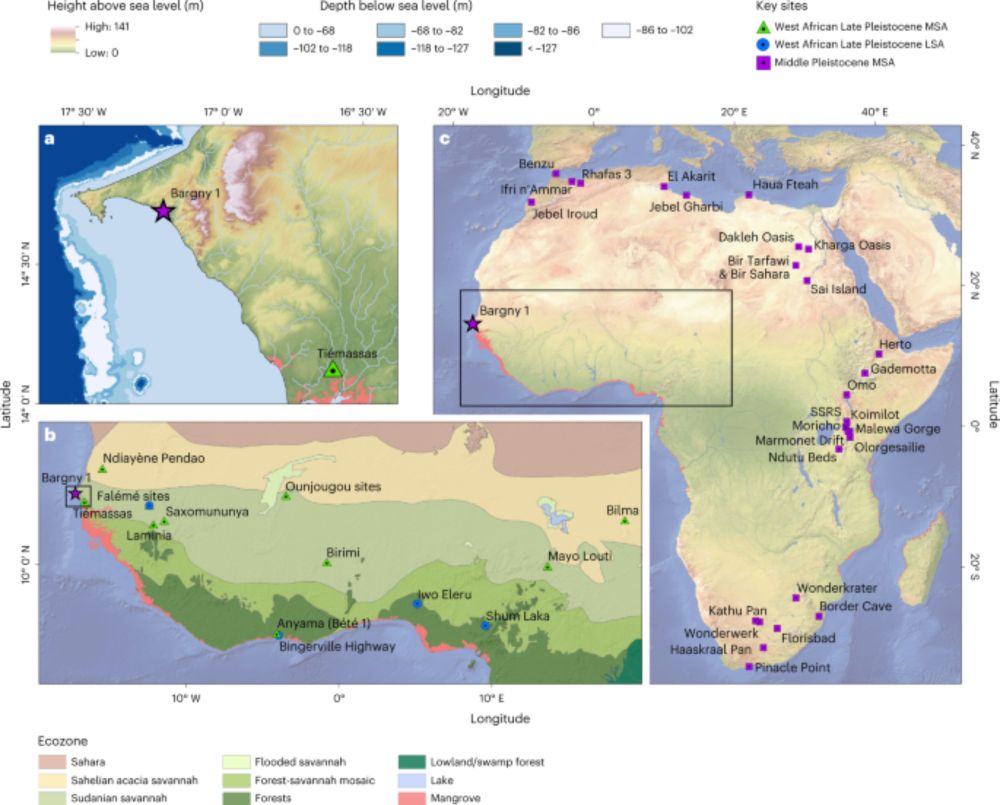
www.nature.com/articles/s41...
No Technological Affinity in a Shared Chronological Framework 🏺🧪
Giulia Marciani @boneslab.bsky.social @mariesoressi.bsky.social et al
link.springer.com/article/10.1...
The distinctiveness highlights the technological behaviours in western Europe 45–40 ka
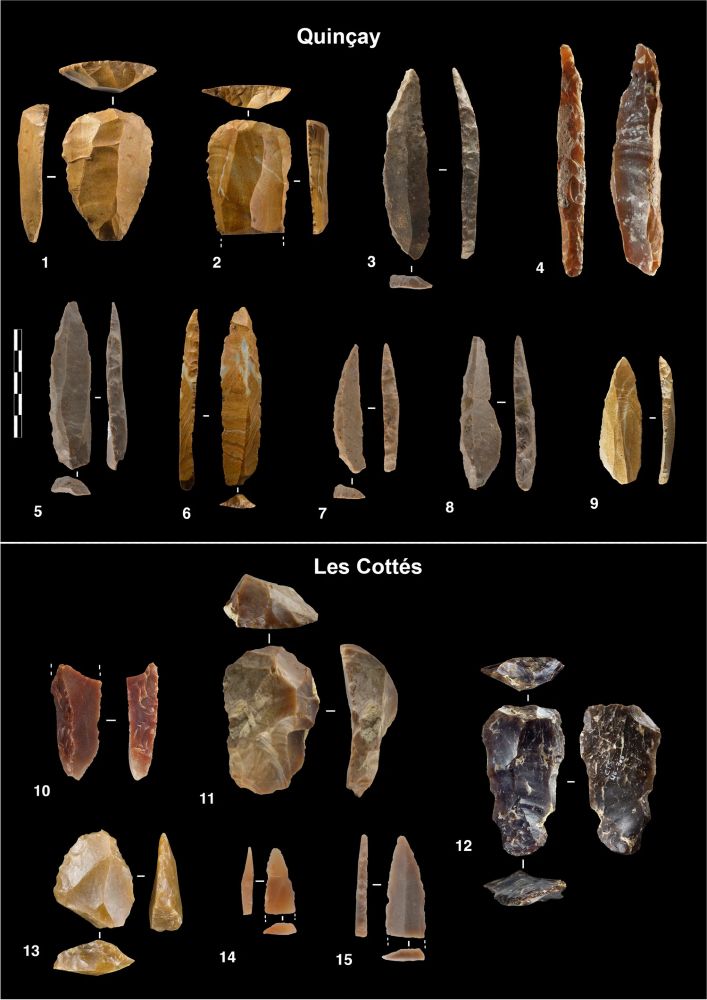
No Technological Affinity in a Shared Chronological Framework 🏺🧪
Giulia Marciani @boneslab.bsky.social @mariesoressi.bsky.social et al
link.springer.com/article/10.1...
The distinctiveness highlights the technological behaviours in western Europe 45–40 ka
Insights From Morphological and Trabecular Changes During Postnatal Growth🏺🧪
Carla Figus, Stefano Benazzi @boneslab.bsky.social et al
onlinelibrary.wiley.com/doi/full/10....
Calcaneal plasticity may display mechanical influences and provide precious information
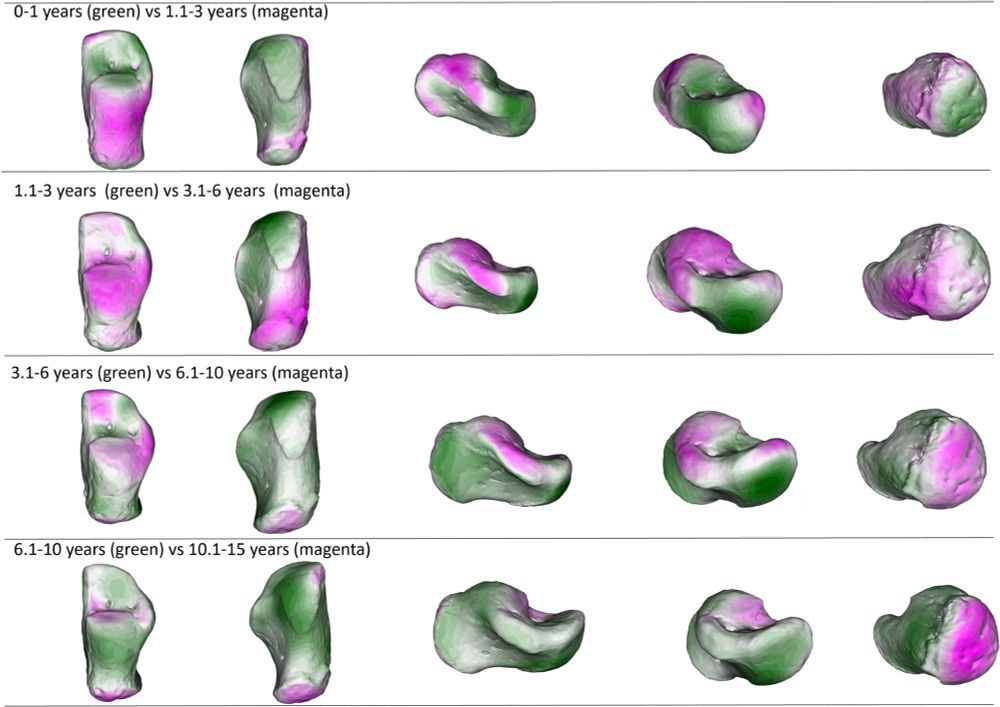
Insights From Morphological and Trabecular Changes During Postnatal Growth🏺🧪
Carla Figus, Stefano Benazzi @boneslab.bsky.social et al
onlinelibrary.wiley.com/doi/full/10....
Calcaneal plasticity may display mechanical influences and provide precious information
onlinelibrary.wiley.com/doi/full/10....
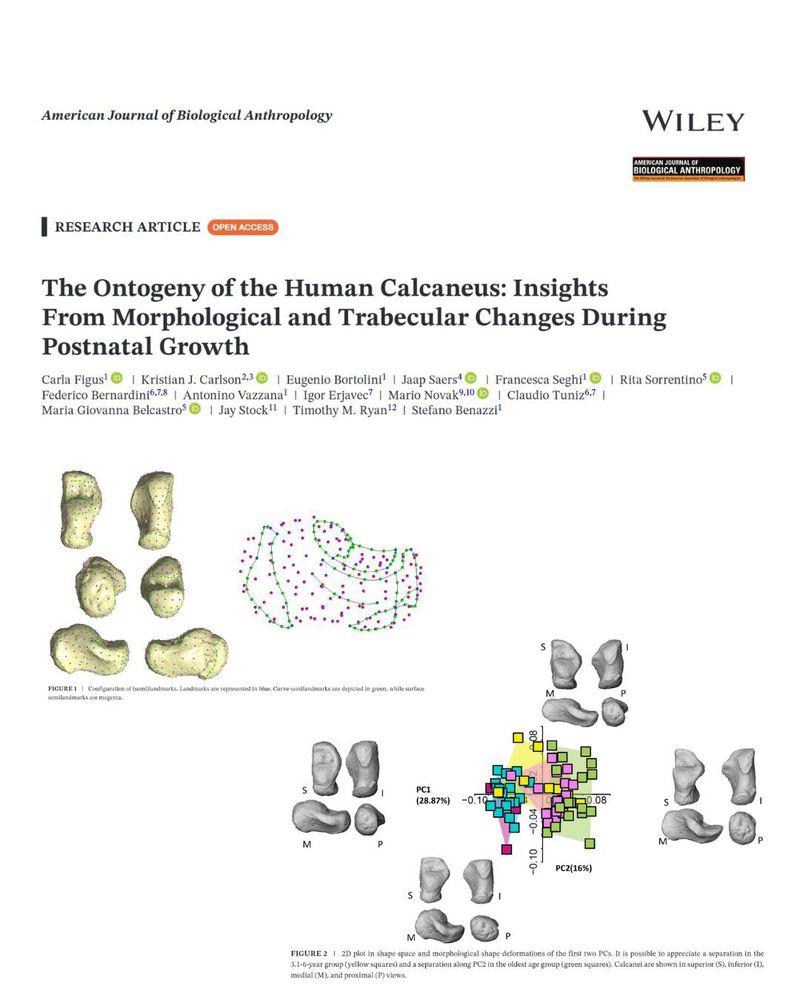
onlinelibrary.wiley.com/doi/full/10....
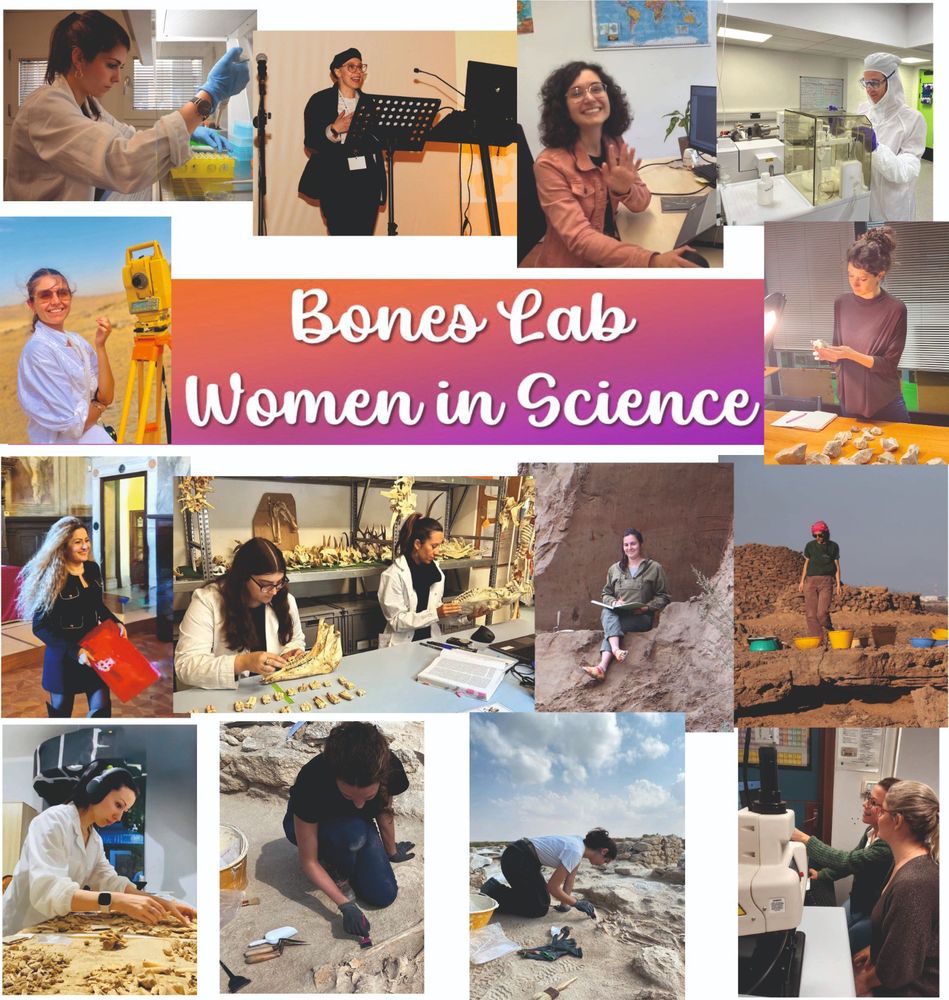
The research is supported by a collaboration including BonesLab (Italy), Unochapecó, CEOM, UFPEL, LEIA/UFSC (Brazil), and CONICET (Argentina)
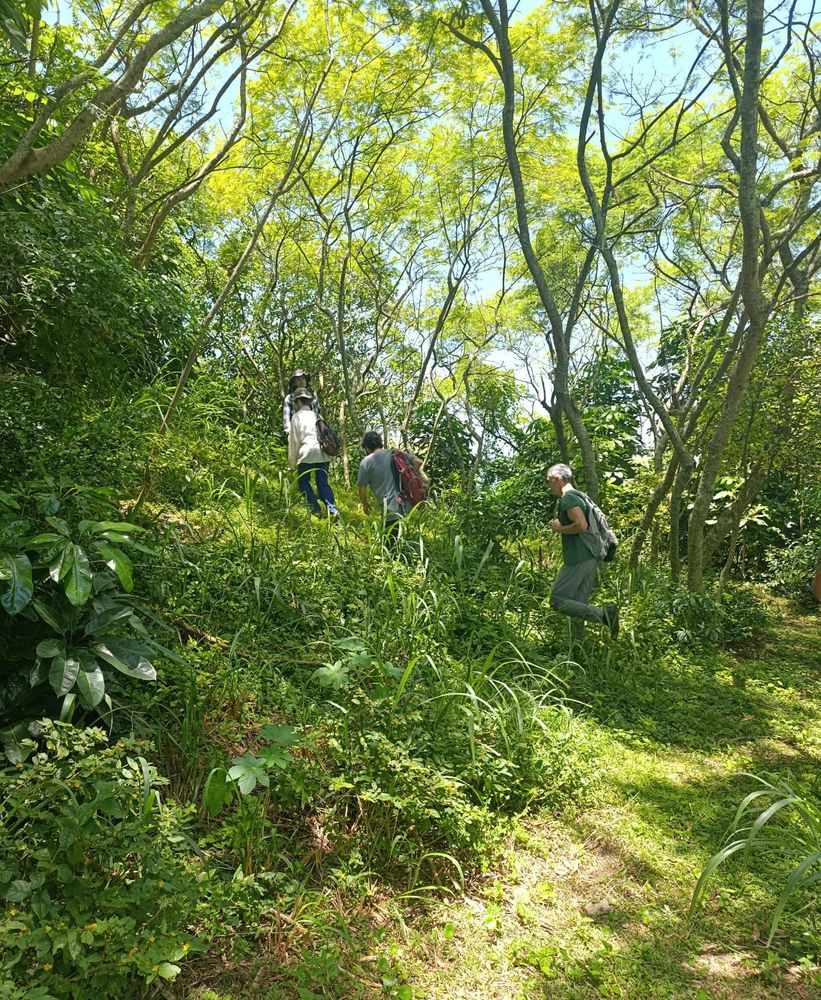
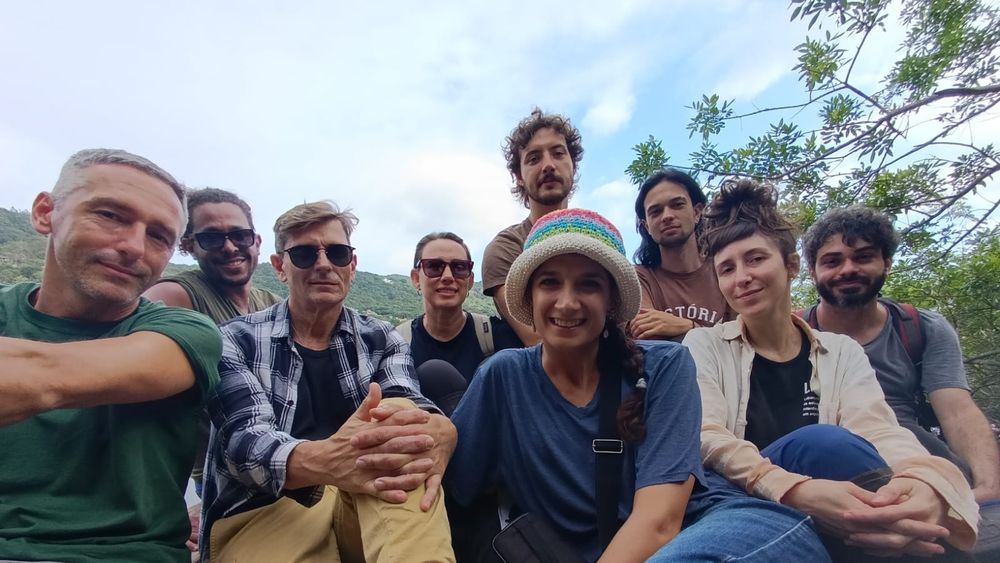
The research is supported by a collaboration including BonesLab (Italy), Unochapecó, CEOM, UFPEL, LEIA/UFSC (Brazil), and CONICET (Argentina)

